| Structure | Name/CAS No. | Articles |
|---|---|---|
 |
Glycerol
CAS:56-81-5 |
|
 |
sodium chloride
CAS:7647-14-5 |
|
 |
Formaldehyde
CAS:50-00-0 |
|
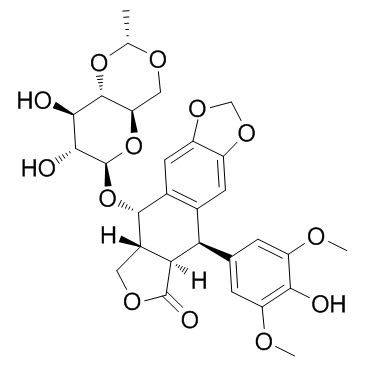 |
Etoposide
CAS:33419-42-0 |
|
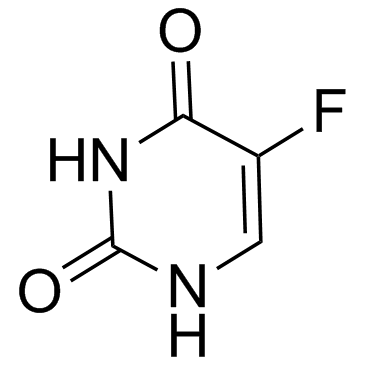 |
Fluorouracil
CAS:51-21-8 |
|
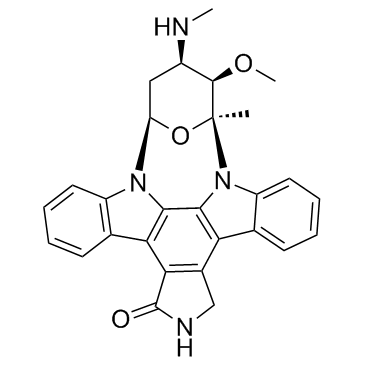 |
Staurosporine
CAS:62996-74-1 |
|
 |
HEPES
CAS:7365-45-9 |
|
 |
SODIUM CHLORIDE-35 CL
CAS:20510-55-8 |
|
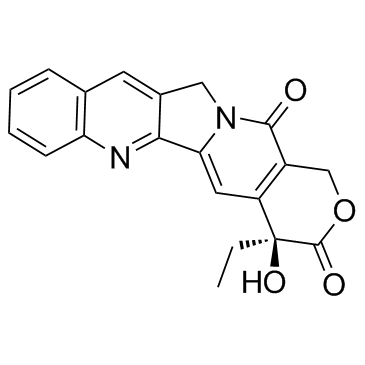 |
Campathecin
CAS:7689-03-4 |
|
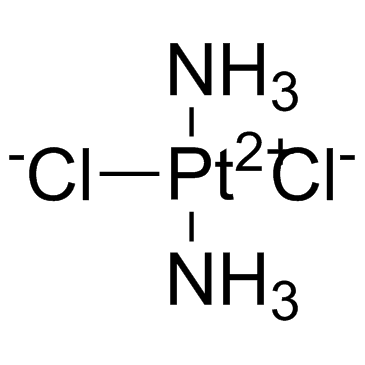 |
Cisplatin
CAS:15663-27-1 |